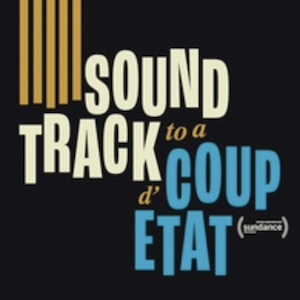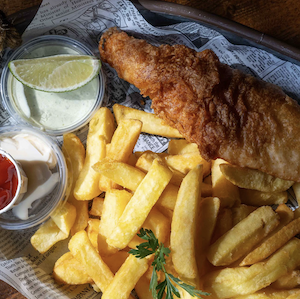Film Hybrid
By Weronika Kusmider
No plans for the evening? Do not worry, we have got you covered.
In Film Hybrid we will shine the light on the concept of the hybrid film. This concept has been explored in the film industry in many different ways; from silent movies, through comedies to virtual reality movies. Whether a film mixes animation and live-action or handheld and dolly shots, there are many ways films interpret this concept of hybrid. Keep on reading Film Hybrid to find inspiration for your next movie night.
Article by Eddy Thormann and Weronika Kusmider.
Let’s start at the beginning. The history of film is not clearly defined, but the grand opening of this industry happened in 1895 with the public screening of ten of the Lumière brothers’ short films in Paris. Shortly after that film production companies and studios were opening all around the world.
The earliest films were in black and white, under a minute long, without recorded sound and consisted of a single shot from a steady camera. Conventions toward a general cinematic language developed over the years with editing, camera movements and other cinematic techniques contributing specific roles in the narrative of films. We also cannot forget cinematic discoveries like special effects, synchronised sounds and movements, colour movies, widescreen, 3D or 4D.

Napoleon directed by Abel Gance is a six-hour-long movie about Napoleon’s life. Quite long, isn’t it? Despite that, this movie is like a cherry on top of a cake for many film enthusiasts. Why you might ask.
Well, it is a 1927 silent movie with many innovative techniques used to make it. That includes fast cutting, extensive close-ups, a wide variety of hand-held camera shots, location shooting, point of view shots, multiple-camera setups, multiple exposures, superimposition, underwater camera, kaleidoscopic images, film tinting, split-screen and mosaic shots, multi-screen projection, and other visual effects. Also, it was and still is played alongside a live orchestra.
Lots of movies throughout the years have used animation and live-action. The first film to do this was The Lost World done in 1925 directed by Harry O. Hoyt. This was the first feature-length film made in the United States, possibly the world, to feature model animation as the primary special effect, or stop motion animation in general.
In the 1960s a children’s favourite was made that mixed animation with live-action. Mary Poppins not only went on to be groundbreaking in its time, but also is still seen as a children’s favourite. Who Framed Roger Rabbit followed the same principles of The Lost World and Mary Poppins. It is another live-action crossed with animated comedy mystery. The film, made in 1988 but set in 1947 it is a version of Hollywood where cartoon characters (toons) and people co-exist, follows Eddie Valiant (private investigator) who must exonerate Roger Rabbit. Roger Rabbit is a toon who has been accused of murdering a wealthy businessman.
Horror films often use handheld cameras to give the effect that it’s a “found footage film”.
The Blaire Witch Project tells the story of three student filmmakers: Heather Donahue, Michael C. Williams, and Joshua Leonard. In 1994 they decided to hike into the Black Hills near Burkesville, Maryland and film a documentary about a local legend known as the Blair Witch. The three disappear, but their equipment and footage are discovered a year later. The purportedly “recovered footage” is the film the viewer sees. The difference between The Blair Witch Project and other movies that combine handheld and dolly cameras is that it actually feels like it is a homemade movie, that was good enough to feel so realistic to be shown on cinema screens.
Hopefully, we introduced you to some titles you were not aware of and our suggestions end up on your ‘to-watch’ list.
If you enjoyed reading Film Hybrid, you might like The Written Word





